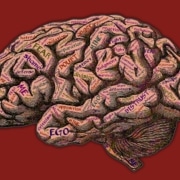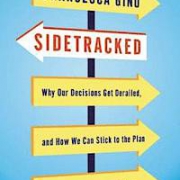Week That Was in Ethical Systems, 4/7/14-4/13/14
The Morning Risk Report: What is Corruption? in The Wall Street Journal
In his ruling in a major Supreme Court decision issued two weeks ago, Chief Justice John Roberts wrote that the only form of corruption under the law is outright bribery: money in exchange for an official act. Commentators have expressed concern that this is too narrow a definition that may allow other forms of corruption to persist or escalate. However, corporations would be wise not to relax their compliance standards in light of this decision–and to be aware that direct corporate contributions to federal candidates remain illegal. The Court’s definition comports broadly with what we have outlined on our Corruption page, and having a clear bright line may help firms maintain a high ethical standard, particularly in the U.S., while allowing for certain differences in doing business in societies wherein gifts are often a normative mechanism for the facilitation of lawfully obtained contracts.
Ethics: There’s an App For That! in The Santa Clara University Faculty and Staff Newsletter
A new app from the Markkula Center for Applied Ethics offers users a step-by-step approach toward ethical decision making in the face of any quandary. The Center’s “Ethical Decision Making” app is available through the Apple iTunes app store and can be viewed online here. “It walks people through a series of questions with the facts of the situation and the stakeholders in mind,” explained Miriam Schulman, assistant director of the Center. She said the questions are general, based on five classic ethical approaches that consider if an action is fair and just; if it promotes virtue; if it promotes the common good; if it respects the rights of individuals; and if it produces the most good and the least harm. This is a very useful and encouraging tool for teaching ethics and one which we believe has a great deal of potential.
Why telling lies to ourselves leads to unethical choices, in Ethical Leadership
“Senior managers often deal with the unpleasantness of cognitive dissonance by turning a blind eye to unethical practices in favour of the hunt for profits.” Cognitive dissonance leads us to rationalize our situations and decision-making in ways that are frequently either deceptive or very close. We all face cognitive dissonance in our lives and careers, but an ethically designed organization will deal with this common problem openly and honestly, acknowledging the existence of conflicts and rewarding employees and managers who refuse to rationalize away their ethical implications.





